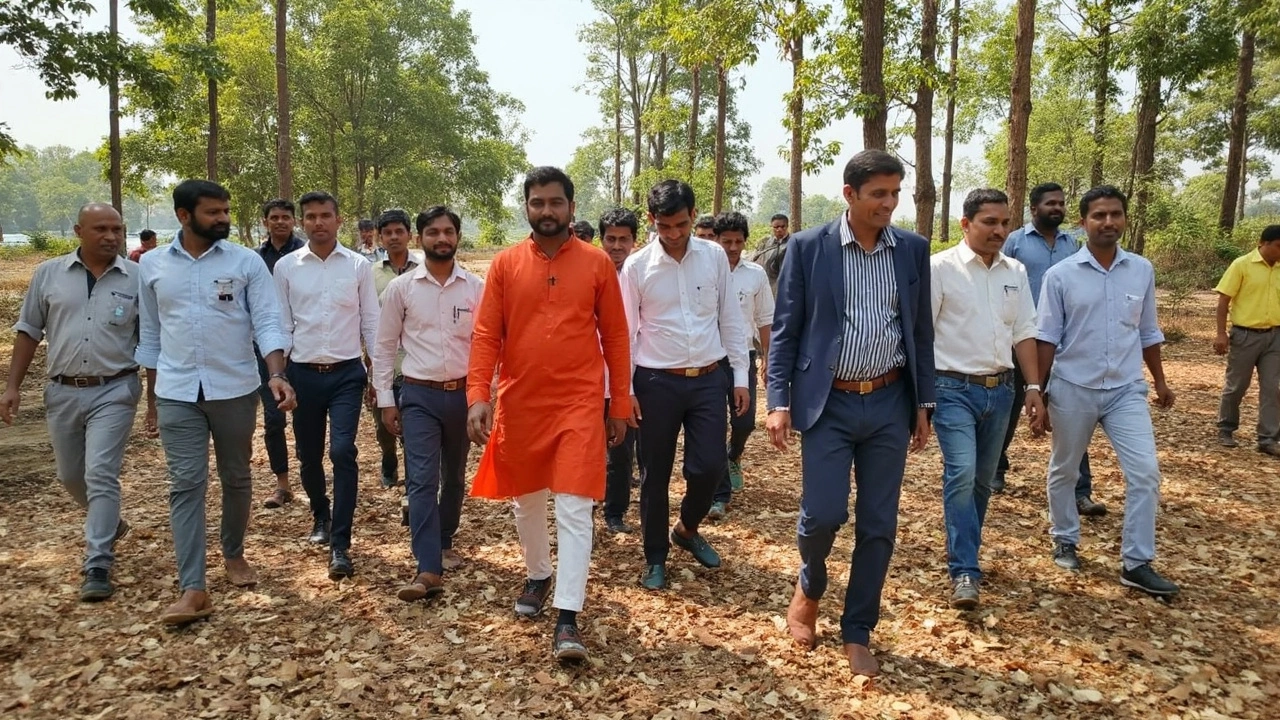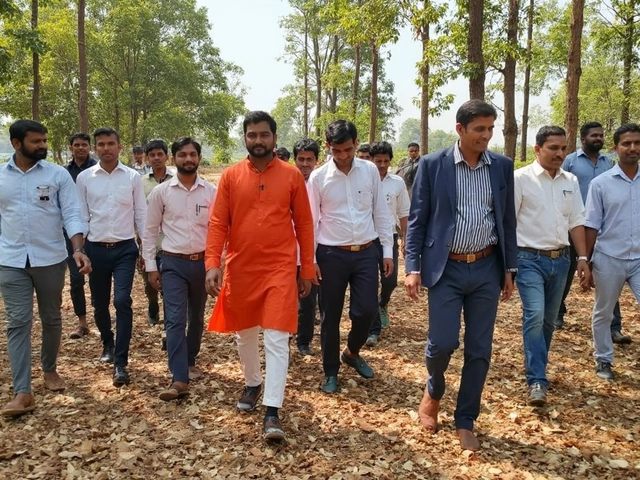Farmer-Scientist Partnerships Spark Sustainable Agriculture Revolution in Jharkhand

A Quiet Farming Revolution Gains Momentum
If you were to walk through the fields of Ranchi or Latehar in Jharkhand today, you’d likely hear talk of soil health, pest management, and even cold storage – topics that wouldn’t have sparked much interest from traditional farmers a few years ago. This shift isn’t accidental. It’s the result of a powerful partnership: farmer-scientist collaborations designed not just to boost yields, but to make farming truly sustainable for families with the smallest plots.
These programs come at a time when Jharkhand, like much of India, faces mounting pressure from climate change, shrinking landholdings, and a need to do more with less. The government, with the help of agricultural institutions, is betting big on knowledge sharing – putting scientists and farmers at the same table, literally and metaphorically.
Game-Changing Collaboration: How it Works
One of the big breakthroughs started with the Inter-State Training Programmes during 2019-20. Picture groups of farmers from Ormanjhi and Latehar, traveling to learning hubs like KVK Arrah in Bihar and NRRI Cuttack in Odisha. Instead of abstract lectures, scientists showed them practical tools—think cold storage solutions that extend vegetable shelf life, demonstrations of farm equipment that save backbreaking labor, and discussions on how poultry value chains can boost income outside of crop seasons.
But the learning didn’t stop when the farmers came home. Under the Mera Gaon Mera Gaurav (MGMG) Initiative, teams from the ICAR-Indian Institute of Agricultural Biotechnology spent months engaging 83 villages spread across Ranchi and Latehar districts. Besides large group meetings (which were sometimes impossible during pandemic peaks), scientists were just a phone call away. Dr. Sudhir Kumar, Dr. Madan Kumar, and their teams fielded questions from 650 farmers, covering everything from pest outbreaks to rainfall patterns – problems that can make or break a small farming operation.
If that wasn’t enough, there’s a whole new chapter about to unfold. The Kisan Samridhi Mela in March 2025 promises two days packed with action: agro-industrial exhibitions, hands-on farm visits, and demos not just on trendy mushroom growing but also old-school skills like raising nurseries. The spotlight will be on integrated farming, pest management that doesn’t rely on harsh chemicals, and water-saving tactics that matter when every drop counts.
- Upcoming Mela Theme: “Smart Farming for a Sustainable Future”
- Expo topics: mushroom cultivation, water conservation tech, precision farming
- Audience: Small and marginal farmers, with special attention to ST/OBC communities
What makes these efforts stand out isn’t just enthusiasm. There’s real money and muscle behind them. Under the Rashtriya Krishi Vikas Yojana (RKVY), about Rs 17.95 crore is being funneled into projects focused on precision farming and organic production. Behind the scenes, 13 scientists and six research teams hustle to ensure these interventions don’t fizzle out after the first meeting.
These programs send a powerful message: agricultural progress in India doesn’t happen in isolation. The old model of top-down advice is out. Direct, continuous interactions—where farmers voice challenges, get hands-on solutions, and tweak practices in real time—are what’s making a dent. Resource conservation is now practical, not just a theory in a textbook. Technology adoption is no longer about expensive gadgets, but simple methods adapted to each community’s reality. And for small-scale farmers, that feels like hope worth holding onto.
